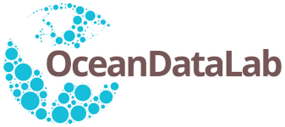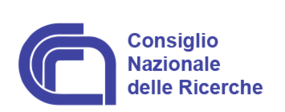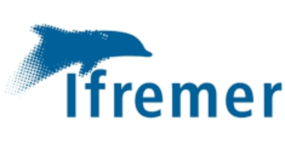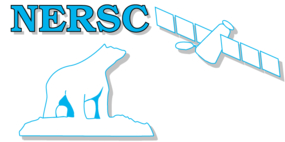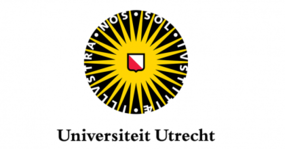Partners
The World Ocean Circulation (WOC) consortium is composed partners from France, Norway, Italy, Spain, Netherlands. It gathers experts in the Earth Observation and ocean processes and sea state interactions.
OceandataLab is prime contractor of WOC project. OceandataLab has deep expertise in the development of algorithms and tools for the exploitation of synergies between satellite acquisitions, in-situ observations and results produced by numerical simulations. It has also experience in large datasets processing and visualization. In the project OceanDataLab is in charge of:
| |
CNR (Consiglio Nazionale delle Ricerche) has a strong expertise in the development of algorithms and products exploiting the synergies between satellite and in-situ observations and in the implementation of dynamical diagnostic models. CNR is involved in operational oceanography services and their application for scientific studies, with a specific focus on ocean dynamics (from sub-mesoscale to climatological scales) and its interaction with marine life. In the project CNR is in charge of:
| |
OceanNext is a private research organization with the same ethics as academic research. Ocean Next promotes « open science » and feels responsible for the company’s scientific work. We are experts in the production, processing, analysis, and interpretation of geoscientific data in relation to the hydrosphere, in particular in oceanography and hydrology, and in the numerical modeling and the assimilation of these data into Earth system models. In the project OceanNext is in charge of:
| |
IFREMER has a broad knowledge and experience with satellite data processing of microwave and visible sensor data, sensor synergy, development and operation of CERSAT and features incorporated there including match-up database facility for sensor comparison and merging, Web based applications for online data search and visualization, analysis of matchups, and quality monitoring and assessment. In addition they have strong knowledge and skill in operation of the Coriolis server for in-situ data and quality assessment, in particular Argo floats and surface drifter data. In the project Ifremer is in charge of:
| |
NERSC is in charge of WP1000 and WP6000, have strong experience in mesoscale upper ocean feature studies using satellite sensor synergy. Develop and operate SAR imaging simulation tool and the SAR range Doppler anomaly estimation tool. Also developed the Borealis ocean color retrieval algorithm. Conduct numerical ocean modeling of mesoscale features and coupling to biology. Develop and operate the TOPAZ data assimilation system, which is used for the Arctic Modeling and Forecasting in the MyOcean2 project. Have organized and led several satellite validation field campaigns in coastal water and open seas. In the project NERSC is in charge of:
| |
ICM’s Department of Physical and Technological Oceanography (DOFT) from CSIC focuses on the description and understanding of the physical behaviour of the ocean and its role in the climate of the Earth. Within DOFT, the Barcelona Expert Centre (BEC) satellite winds group focuses on scatterometer data processing and related oceanographic and atmospheric applications. In particular, the group develops scatterometer-derived added value products for e.g., nowcasting, short-range forecasting, and ocean forcing In the project ICM/CSIC is in charge of:
| |
University of Utrecht has deep expertise in Lagrangian ocean analyses and in the development of the necessary algorithms and tools. The UU team is the main developer of the open-source OceanParcels.org toolbox, which includes source terms associated with geostrophic currents, Ekman currents and Stokes drift. It has also experience in Lagrangian studies applied to particular regional case studies and environmental issues. In the project University of Utrecht is in charge of:
| |

